We often think of animals as living beings that move, breathe, and have limbs or bodies. While this general idea fits many species, it does not fully capture what science defines as "animals." In this article, we’ll explore the scientific definition of animals, their biological traits, and how they are classified based on their structure, diet, habitat, reproduction, and daily activity patterns.
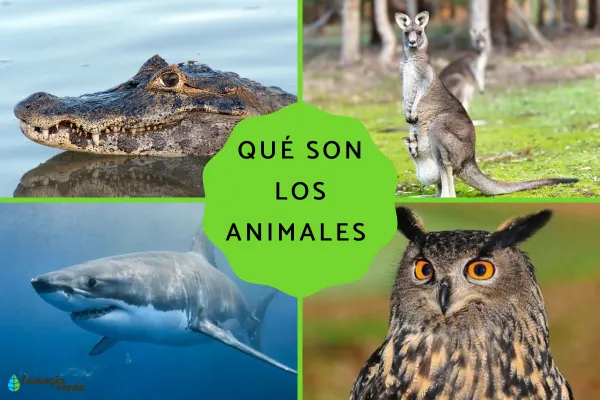
Biologically speaking, animals are:
Multicellular organisms,
Heterotrophic, meaning they rely on other organisms for food,
Lacking cell walls (unlike plants and fungi),
Equipped with a nervous system that allows response to stimuli,
Undergo a blastula stage during embryonic development,
Made of specialized cells that form tissues and organs.
Any organism that meets all these criteria is classified under Kingdom Animalia. Animals are one of the most recently evolved groups in the tree of life, first appearing during the Cambrian Explosion, around 525 million years ago. They initially evolved in the oceans and later diversified into nearly every ecological niche on Earth.
Humans are also part of the animal kingdom and depend entirely on other kingdoms such as plants, fungi, and bacteria. This interdependence highlights the interconnected nature of life on Earth.
Animals share several biological and behavioral traits, including:
Eukaryotic cells: Their cells have a nucleus containing DNA.
Multicellularity: Composed of many cells organized into tissues and organs.
Heterotrophy: They consume organic matter to obtain energy.
Aerobic respiration: Use oxygen to break down food molecules.
Adaptability: Evolved for a wide range of environments—land, water, or air.
Behavioral responses: They actively respond to stimuli (e.g., hunting, fleeing).
Advanced sensory systems: Most have eyes, ears, or other organs for perception.
Given their diversity, animals are categorized in various ways to better understand their biology.
These animals have a backbone or spinal column. They belong to Phylum Chordata, which includes:
Vertebrates proper: Mammals, birds, reptiles, amphibians, and fish.
Urochordates (tunicates): Only show chordate traits in their larval stage.
Cephalochordates (like lancelets): Retain their notochord throughout life.
These animals lack a spinal column and make up the vast majority of animal species. Groups include:
Sponges (Porifera)
Cnidarians (jellyfish, corals)
Echinoderms (sea stars, sea urchins)
Nematodes (roundworms)
Annelids (earthworms, leeches)
Mollusks (snails, octopuses, clams)
Platyhelminthes (flatworms)
Arthropods (insects, spiders, crustaceans)
Many invertebrates have an exoskeleton and grow by molting.
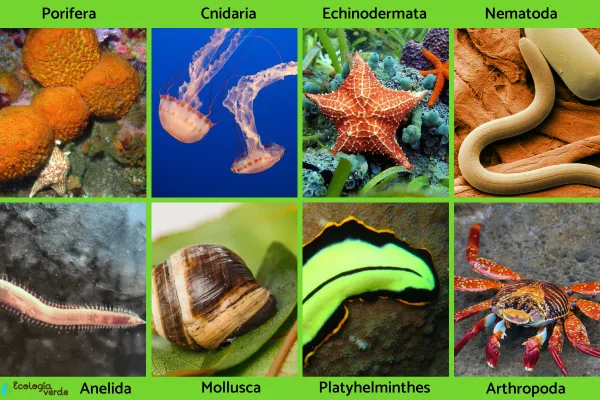
Feed only on plants. Subtypes include:
Frugivores (fruit-eaters)
Polinivores (pollen-eaters)
Xylophagous (wood-eaters)
Folivores (leaf-eaters)
Ruminants (cows, deer): have multi-chambered stomachs
Some insects, like bees and butterflies, are adapted for specific plant-based diets.
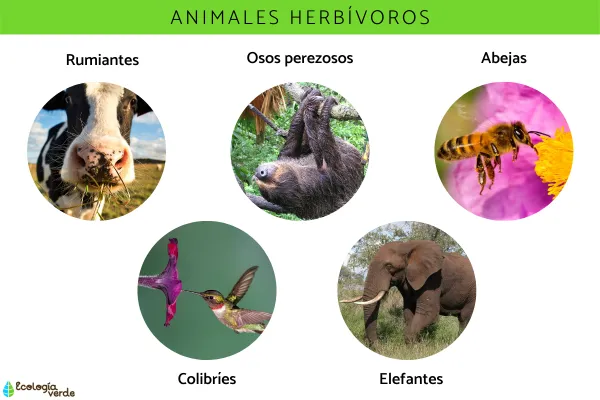
Eat other animals. May be active predators or scavengers. Examples:
Raptors (eagles, hawks)
Crocodiles
Big cats, wolves
Snakes and lizards
Carnivores typically have sharp teeth, claws, and keen senses for hunting.
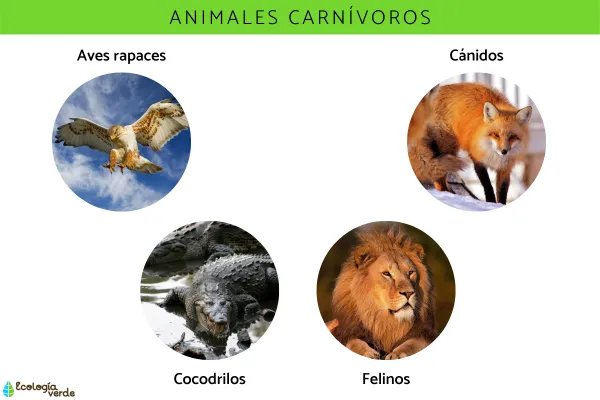
Consume both plant and animal matter. Examples include:
Mice
Pigs
Chimpanzees and bonobos
Humans
This versatility provides adaptability to different environments.
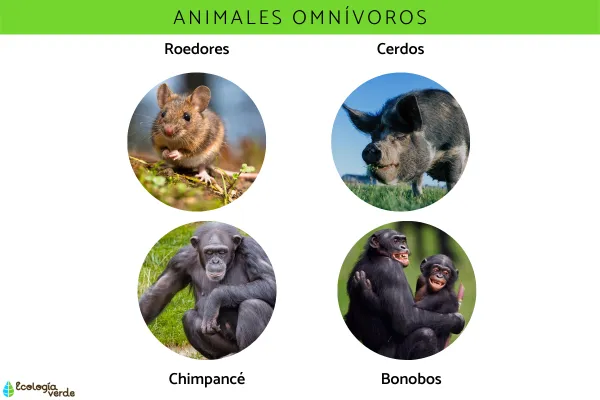
Live on land. Examples:
Adaptations include limbs for walking and lungs for breathing air.
Live in water. Examples:
They breathe through gills or have streamlined bodies and blowholes for breathing air.
Primarily live on land but can fly. Examples:
Birds
Bats
Flying insects (butterflies, dragonflies)
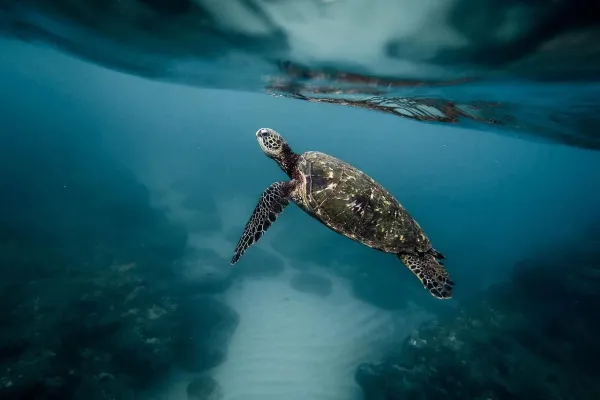
Lay eggs that develop outside the mother’s body. Examples:
Birds, reptiles, amphibians
Insects
Give birth to live young. The embryo develops inside the mother. Examples:
Most mammals
Marsupials (kangaroos, koalas)
Eggs hatch inside the mother, and the young are born alive. Found in:
Some sharks
Certain snakes
Invertebrates like some insects
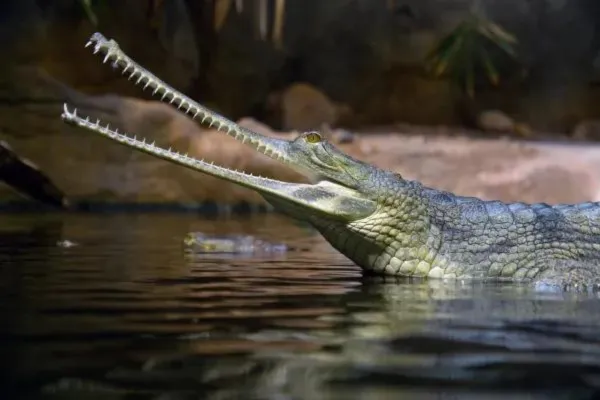
Active during the day, sleep at night. Examples:
Humans
Most birds
Cattle, dogs
Butterflies, bees
These animals rely heavily on vision for survival and navigation.
Active at night, rest during the day. Examples:
Nocturnal species often rely more on hearing or smell and are adapted to low-light environments.
Understanding what defines an animal goes far beyond common perception. Through this comprehensive breakdown—from cellular structure to ecological role—we see how vast and varied the animal kingdom truly is. Whether on land, in the sea, or in the sky, animals play essential roles in Earth’s ecosystems.
If you’re interested in learning more, explore additional articles under our Wild Animals category.
animal tags: Animals Animal classification
We created this article in conjunction with AI technology, then made sure it was fact-checked and edited by a Animals Top editor.